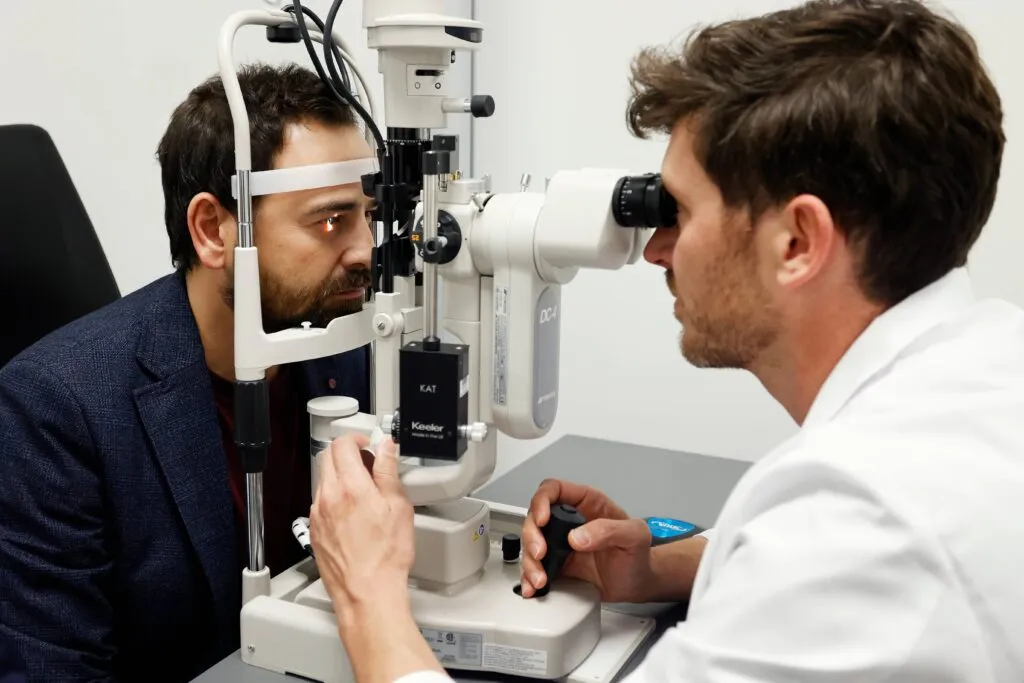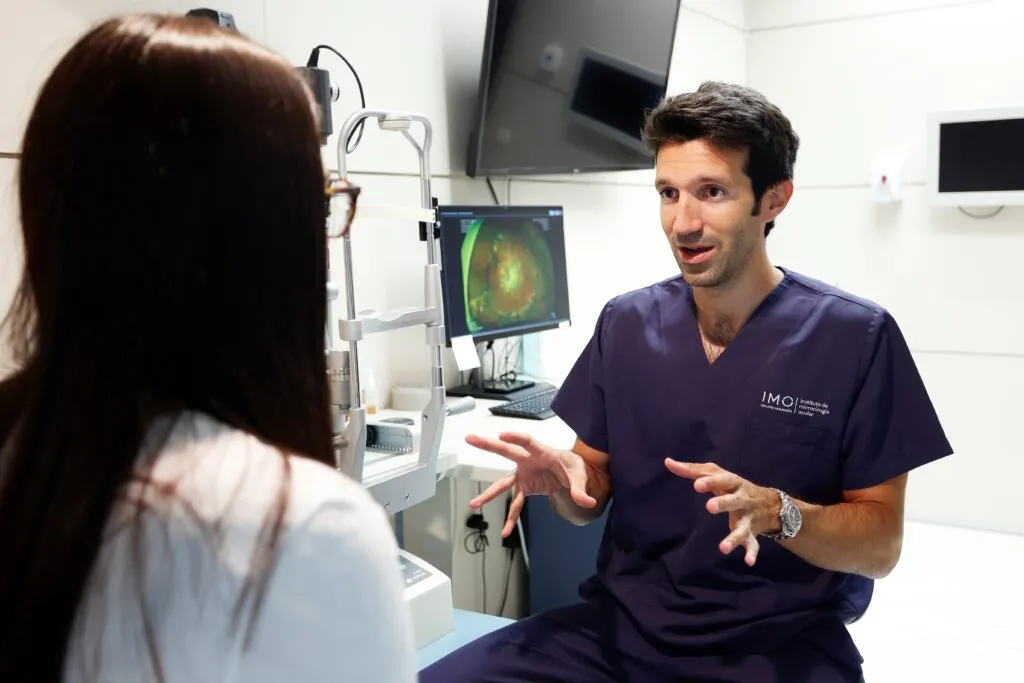
Diabetic retinopathy: prevent to preserve sight
“Since the pandemic, we’ve seen severe worsening cases”, warn ophthalmologists from Miranza.
More than 50% of people who lose their sight due to diabetes have never visited an eye doctor, prompting specialists to stress the importance of regular eye check-ups.
Diabetic retinopathy, the most common eye complication of diabetes, remains one of the leading causes of vision loss among working-age adults. For this reason, ocular complications are increasingly becoming a key focus in comprehensive diabetes management. Experts from Miranza emphasize the need to strengthen prevention and regular ophthalmologic monitoring as the only effective way to avoid irreversible damage from what eye doctors call a “silent epidemic”.
One of the greatest challenges continues to be early detection, since in its initial stages the disease usually presents no symptoms. This often leads patients to postpone visual check-ups, partly due to the heavy medical burden of their condition (endocrinology, nutrition, cardiology), relegating ophthalmology visits even when deterioration has already begun—detectable only through specialized eye exams.
In this regard, specialists recommend that patients with type 1 diabetes undergo their first eye exam between 3 and 5 years after diagnosis, with annual follow-ups thereafter. For those with type 2 diabetes, the examination should take place at the time of diagnosis, also followed by yearly check-ups.
The Importance of Visiting the Doctor
Dr. Jorge Ruiz Moreno, ophthalmologist in the Retina and Vitreous Department at IMO Grupo Miranza Madrid, reminds patients that updating eyeglass prescriptions is not enough: “It’s essential to examine the back of the eye. During the pandemic, many patients avoided their check-ups for fear of infection. As a result, in many cases the disease progressed untreated, and we’re still seeing the consequences today”.
Meanwhile, Dr. Ruiz Medrano, also a specialist at the Madrid clinic, notes that “in recent years we’ve seen severe worsening in some cases, where vision can no longer be recovered. That’s why we insist patients come to their appointments. Intravitreal injections administered in ophthalmology can slow the progression of diseases such as diabetic retinopathy”.

Less Invasive Therapies and Longer-Lasting Effects
Treatment for this complication has evolved remarkably. Today, many mild cases can be managed with minimally invasive therapies, such as laser treatment or intraocular injections, which now offer longer-lasting effects and allow for greater intervals between applications. This represents a major improvement in patients’ quality of life and treatment adherence.
According to Dr. Iñigo Corcóstegui, retina specialist and medical director at Miranza Clínica Begoña, one of Miranza’s centers in Bilbao, “Injecting medication into the eye is a simple and safe procedure when performed by an experienced ophthalmologist, and it has been key in the fight against diseases such as macular degeneration, venous occlusions, and diabetic macular edema”.
In more advanced cases, surgery remains an essential tool—especially for younger patients with type 1 diabetes, where earlier interventions are increasingly favored, leading to better functional outcomes and visual recovery.
The relationship between glucose control and ocular complications is direct. “Diabetes can cause diabetic macular edema, which, simply put, is the buildup of fluid in the center of the retina, leading to rapid vision loss”, explains Dr. Francisco Barrero, retina specialist at Miranza Málaga. “In more severe cases, tractional retinal detachment can occur, caused by abnormal blood vessel growth pulling on and tearing the retina. That’s why prevention—meaning good blood glucose control—is crucial. Diabetes is a true epidemic, and we’re seeing more and more poorly controlled, long-standing cases”.